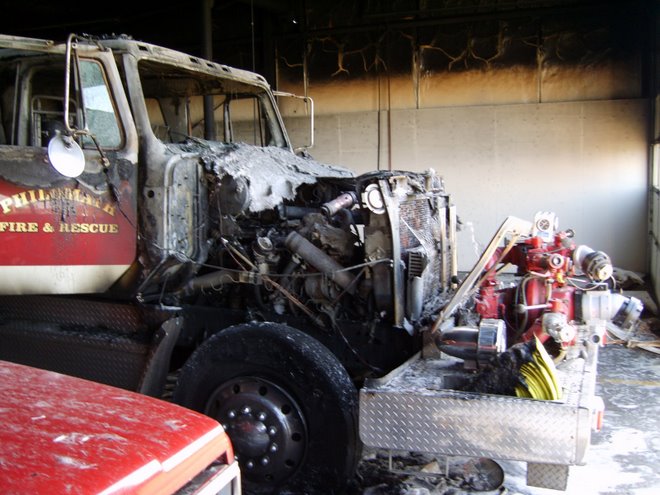
My Weekly Drool….. Guns I don’t own …but would like to
United States Rifle Model 1803 - One of the key U.S. shoulder firearms, the .54 caliber Model 1803 flintlock rifle, was originally thought to be the weapon issued to the famous Lewis and Clark Expedition to the Louisiana Territory. The graceful lines and Kentucky rifle styling is evident in this early weapon and the unique length of its stock caused many to refer to it as a “half stock” rifle. A total of 4,023 Model 1803 rifles were manufactured at the Harpers Ferry Armory, Virginia between 1803 and 1807.19 Due to exigencies of the War of 1812, production of this model was resumed in 1814 and continued through 1820, with an additional 11,680 weapons being produced. The Model 1803 rifle’s barrel initially measured 33-1/2 inches, but the length was increased in 1815 to 36 inches, for an overall length of approximately 47 inches for the entire weapon.20 Rifling consisted of seven grooves inside a part octagon and part round barrel. A brass blade served as the front sight with an open type sight for the rear. The barrel was secured to the wooden stock with a sliding key and two iron ferrules, which held a brass-tipped steel ramrod against a long rib under the barrel. The molded walnut stock of the Model 1803 boasted a small cheekrest and a brass patch box on the right side of the butt. All metal parts were finished bright except the browned barrel, barrel rib, and ramrod ferrules. Like many rifles of that time period, the Model 1803 had no fixtures for a bayonet.
United States Rifle Model 1803 - One of the key U.S. shoulder firearms, the .54 caliber Model 1803 flintlock rifle, was originally thought to be the weapon issued to the famous Lewis and Clark Expedition to the Louisiana Territory. The graceful lines and Kentucky rifle styling is evident in this early weapon and the unique length of its stock caused many to refer to it as a “half stock” rifle. A total of 4,023 Model 1803 rifles were manufactured at the Harpers Ferry Armory, Virginia between 1803 and 1807.19 Due to exigencies of the War of 1812, production of this model was resumed in 1814 and continued through 1820, with an additional 11,680 weapons being produced. The Model 1803 rifle’s barrel initially measured 33-1/2 inches, but the length was increased in 1815 to 36 inches, for an overall length of approximately 47 inches for the entire weapon.20 Rifling consisted of seven grooves inside a part octagon and part round barrel. A brass blade served as the front sight with an open type sight for the rear. The barrel was secured to the wooden stock with a sliding key and two iron ferrules, which held a brass-tipped steel ramrod against a long rib under the barrel. The molded walnut stock of the Model 1803 boasted a small cheekrest and a brass patch box on the right side of the butt. All metal parts were finished bright except the browned barrel, barrel rib, and ramrod ferrules. Like many rifles of that time period, the Model 1803 had no fixtures for a bayonet.





No comments:
Post a Comment